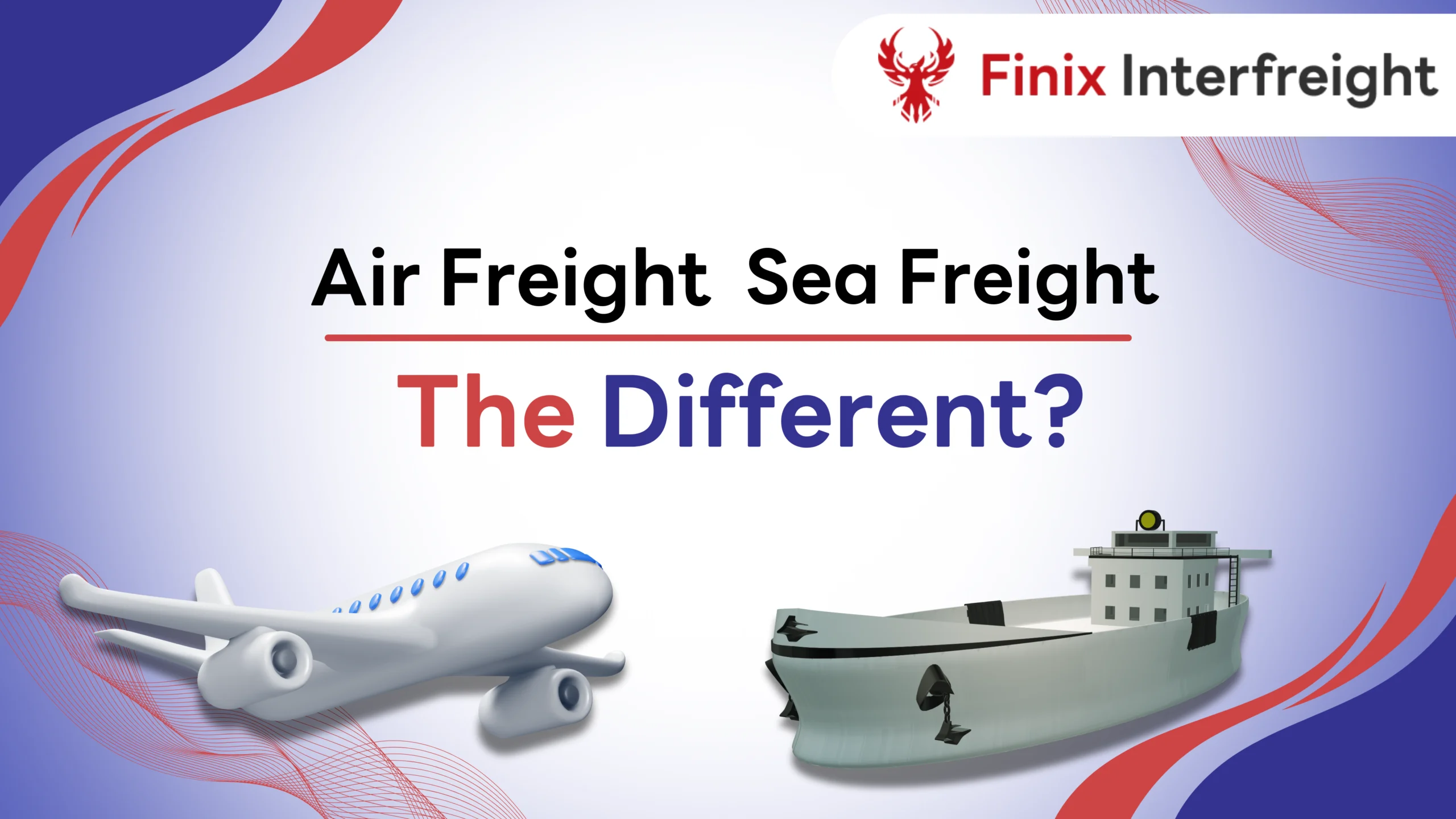How Do Air Freight and Sea Freight Differ?
In an era where businesses are rapidly expanding, freight transport is a crucial factor that should not be overlooked. When discussing shipping methods, we often hear the terms “air freight” and “sea freight,” which are the main transportation methods used to move goods to their desired destinations.
Air Freight refers to the transportation of goods via air, using airplanes as the medium. This method is distinguished by its speed, making it suitable for urgent shipments such as electronics or high-value items like pharmaceuticals and medical equipment. Choosing air transport ensures that your goods reach the recipient quickly, reducing the risk of loss or damage
In contrast, Sea Freight involves the transportation of goods by sea, using cargo ships as the medium. This method is ideal for shipping large quantities of non-urgent items, such as raw materials or commodities. Sea transport typically incurs lower costs compared to air freight, making it a popular choice for businesses looking to save on shipping expenses.
Both methods have their own advantages and disadvantages, so it’s important to consider which shipping option is best for your needs.

Differences Between Air Freight and Sea Freight
1.Speed of Delivery
Air freight is the fastest shipping method, allowing for deliveries within days, while sea freight can take weeks, depending on distance and shipping routes.
2.Cost
Air freight generally has higher costs due to the expenses associated with air transport. Choosing sea freight is more suitable for non-urgent goods where cost savings are a priority.
3.Types of Goods
Air transport is ideal for high-value items or products requiring safety, such as electronics and pharmaceuticals, while sea freight suits bulk items like raw materials or commodities.
How to Choose the Right Shipping Method
- Urgency of Delivery: If your goods require the fastest shipping, air freight is the way to go. However, if speed is not a concern, sea freight is a more suitable choice.
- Budget: Assess your budget for shipping. Opting for sea freight may offer significant cost savings.
- Type of Goods: Consider the nature of the products being shipped. For high-value or fragile items, air transport is advisable.
- Distance and Route: Analyze the distance from the origin to the destination, and evaluate the convenience and safety of the shipping route.
Choosing between air and sea freight is crucial for your business’s success, as each method has its unique advantages and drawbacks. Air freight is best for time-sensitive and high-value goods, while sea freight is a cost-effective option for non-urgent, bulk shipments.
At FINIX INTERFREIGHT, we specialize in providing both air and sea freight services to help you choose the most suitable method for your business. Our professional team is ready to consult and assist in planning shipping solutions tailored to your needs. Whether you need to ship by air or sea, we are committed to providing safe, efficient, and reliable service.

